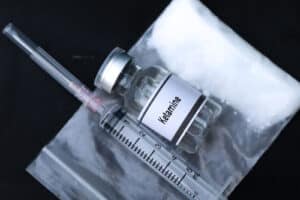
Illinois Treatment Center

Making amends is part of the 12-step program in Alcoholics Anonymous, specifically in steps 8 and 9 . It goes...

What Is Galaxy Gas?
Galaxy gas has become a hot topic on social media platforms like TikTok, with colorful canisters and enticing flavors catching...

Can a Blown Vein Kill You?
There’s a lot that can go wrong with intravenous drug use. The overdose risk increases because injected drugs work a...

Biopsychosocial Models of Addiction
Addiction is a result of risk factors that can be categorized into three basic categories: biological, psychological, and social. The...

Coming Down on MDMA
MDMA, also known as Molly or Ecstasy, is a synthetic drug that causes effects similar to stimulants such as methamphetamine...

Candy Flipped
From lighting up the night at raves to allowing people a self-medicated escape from everyday life, drug use is far...

Rehab Intake Process
The rehab intake process is a crucial first step on the path to addiction recovery, providing the foundation for personalized...

How to Get Insurance to Pay for Residential Treatment
Securing insurance coverage for residential treatment can be challenging, but understanding your plan, gathering the right documentation, and working with...

Ketamine-Induced Hallucinations
Ketamine, a short-acting dissociative drug, is commonly used in ketamine administration for anesthesia in humans and animals. At higher doses,...

Difference Between IOP and PHP
Some people who seek mental health or addiction treatment need more help than traditional outpatient programs but less than what...
Real Reviews from Real Clients
At Illinois Recovery Center, prioritizing client care is our utmost concern. As you enter our facility, expect a heartfelt greeting from each member of our staff! We are committed to providing outstanding addiction treatment services and cultivating a supportive atmosphere conducive to sustained recovery. But don't just take our word for it... read what our clients have to say!



